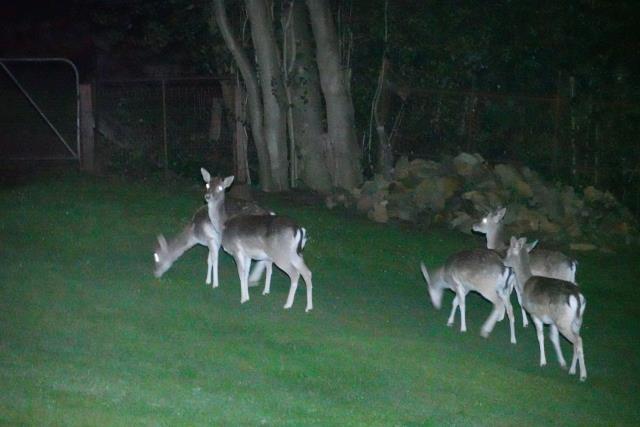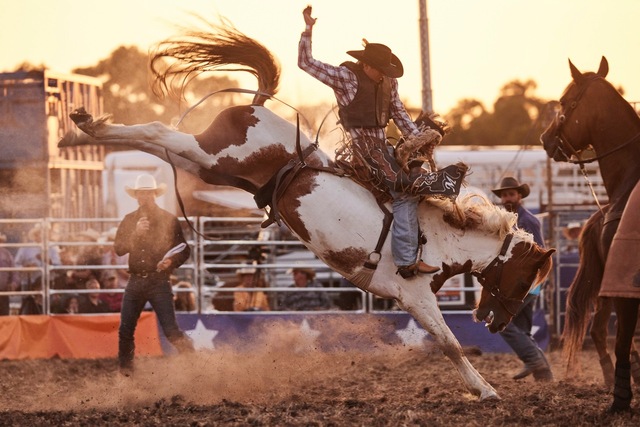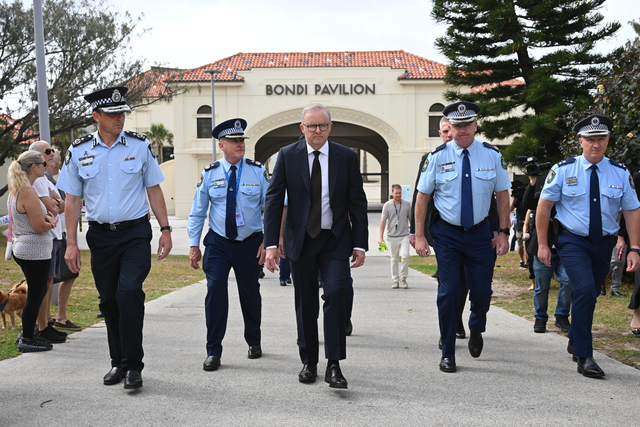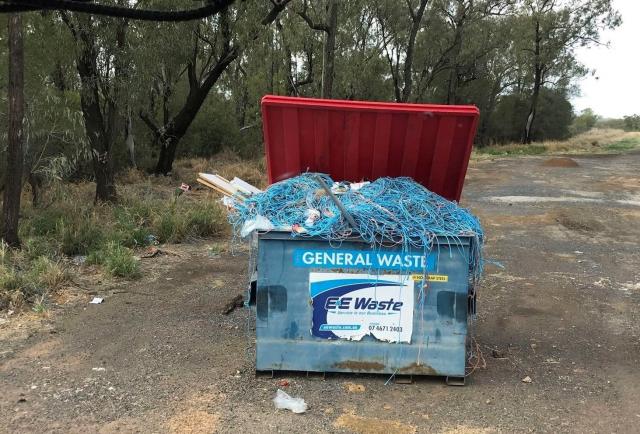The Yarra Valley is not untouched by the feral deer issue which is wreaking havoc across the state and now new figures suggest not controlling the species could cost Victoria between $1.5 to $2.2 billion over the next 30 years.
The independent report was commissioned by the Invasive Species Council to investigate the economic costs of feral deer caused by lost agricultural and forestry production, vehicle accidents and reductions to the recreational values of national and state parks.
Invasive Species Council deer project officer Peter Jacobs said acting now could deliver benefits exceeding the cost of control by at least four times.
“There is no short-term fix to mitigate deer impacts now that the population has been allowed to grow to over a million animals spread across the state,” he said.
“We appreciate the Victorian Government is investing $18.25 million over 4 years for feral deer control, but this pales in significance to what we now know the real economic and social costs of insufficient action will be.”
Mr Jacobs believes the species is inherently being ‘protected’ due to being classified as game and would like to see them re-classified as an ‘environmental pest’.
“Protecting feral deer as game for hunting under Victoria’s Wildlife Act has been hindering effective control as the population has exploded,” he said.
“The Victorian Government must, as a matter of priority, remove this protection so feral deer can be rightly classed as an established pest animal as recommended by the 2021 Senate inquiry.”
To hunt deer on public land, hunters must possess a current Game Licence. Animals considered a pest like rabbits, goats, wild pigs, foxes and wild dogs do not require a game licence and can be hunted all year round.
However, some hunters will need to get a registration of interest to hunt pest animals on crown land in order to have a genuine reason to obtain a firearm with which to hunt pest animals.
Mr Jacobs would like to see the State Government follow the Conclusions and Recommendations of the Australian Government’s Senate Inquiry into the Impact of Feral Deer, Pigs and Goats in Australia.
Recommendation Eight suggests all Australian jurisdictions make necessary changes to existing legislative and regulatory frameworks to ensure wild deer are treated as an environmental pest, maximise the ability of landholders to control feral deer and maximise the ability of park managers to control feral deer in World Heritage Areas and National Parks.
The Department of Environment, Land, and Water Planning (DELWP) is in charge of deer control in Victoria and works with Parks Victoria, Melbourne Water, and peri-urban councils like Yarra Ranges Council to restrict the damage caused.
Deer control, monitoring, and fencing programs are undertaken across areas including in the Yellingbo Conservation Area, Bunyip State Park, Tarago Reservoir and in private properties along the border of public land areas.
A DELWP spokesperson said hunters and landholders play an important role in reducing feral deer numbers.
“Our Victorian Deer Control Strategy focuses on addressing the increasing numbers of wild deer across the state,” they said.
“Wild deer are unprotected on private land and their status as game under the Wildlife Act does not prevent hunters from being able to control their numbers.”
Reforms introduced by the Victorian Government in 2018 mean that on private land, deer are unprotected (except for Hog Deer).
This means deer on private property can be culled using a firearm, provided they possess the necessary approvals under the Firearms Act.
DELWP’s primary method of control in public places is shooting, however, trials involving baiting and trapping of deer in other jurisdictions are underway. Trial outcomes will be monitored to determine the effectiveness and suitability of control methods with other options such as exclusion fencing also being used in sensitive habitats.
The Peri-urban Deer Control Plan was also implemented by the Victorian Government in March 2022 to help control problem areas like the Yarra Ranges, which included up to $250,000 of grants available to local councils and land managers.
Warburton property owner Professor Chris Lloyd has previously told Star Mail of his deer issues in Warburton and said once deer become fixated on a particular plant or area, they tear it to pieces.
“When I first bought the property in Warburton seven years ago, there was no problem with deer, it only started about three or four years ago,” he said.
“It seems as though they are herd animals, and once they find a particular property they’ve eaten from before, they just keep on coming back and back and back.”







